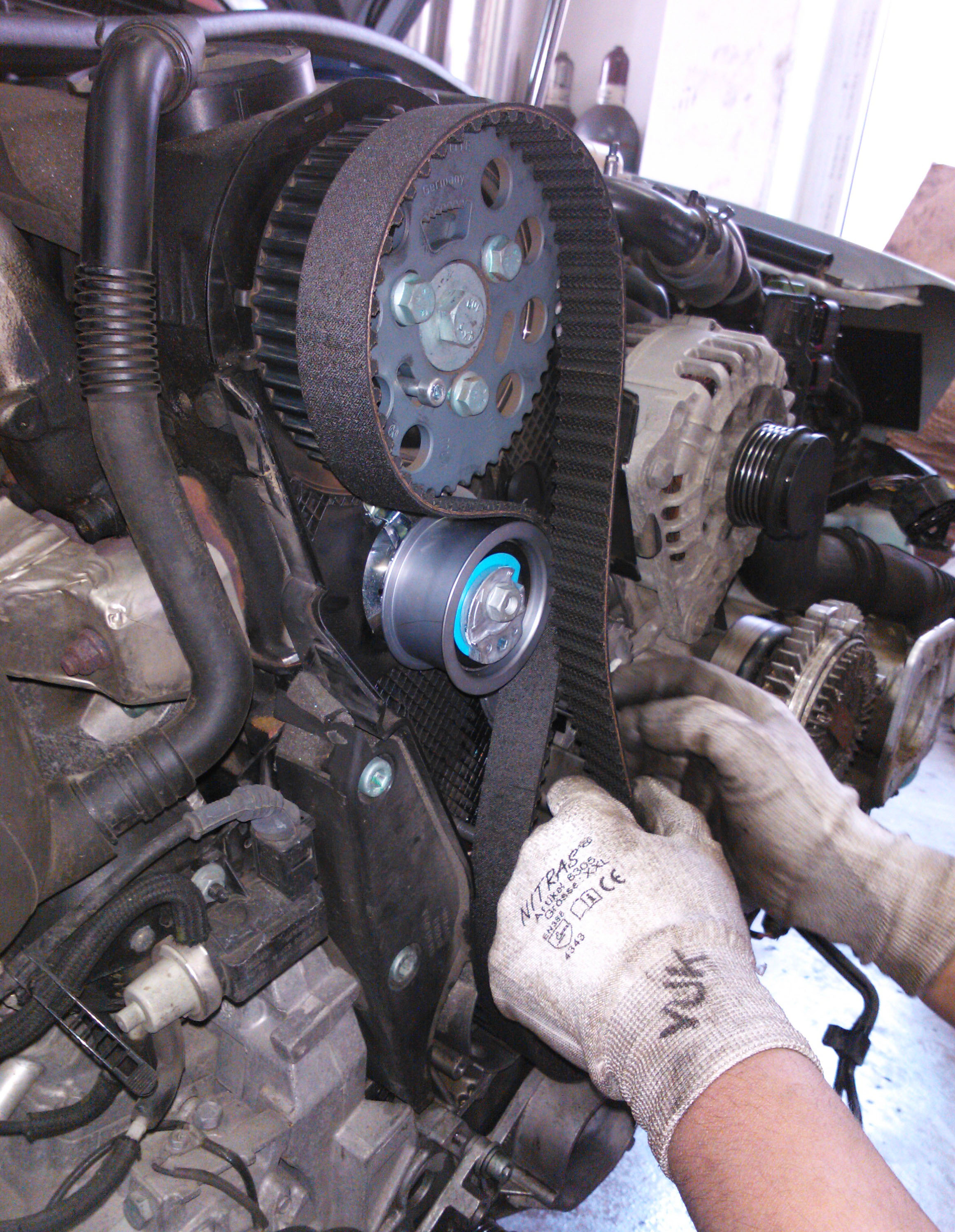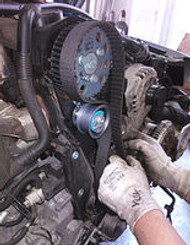What's the Purpose of a Timing Belt?
13th Oct 2016

Do you remember the last time when your car's timing belt was replaced? It's not uncommon for owners to drive 50,000 miles without replacing it. But if the manufacturer recommends changing the timing belt at 40,000, you should change it at 40,000. Depending on the particular type, some timing belts can cause catastrophic engine damage if and when they break.
Timing Belt: the Basics
The timing belt lives up to its namesake by controlling the "timing" of various components in your car's engine. This includes the camshaft, in which it opens and closes valves at the precise time for smooth, efficient operation.
As shown in the photo above, timing belts have dozens upon dozens of small grooves (known as teeth) that are used to grip the camshaft and turn with the crankshaft. Over time, timing belts may rot and decay -- a problem that's particularly commonplace with rubber belts. When this occurs, the area where the teeth meets the main part of the belt will crack.
You can prolong the life of your timing belt by keeping it away from engine oil and excessive hot temperatures, both of which can degrade the material and shorten its overall lifespan. If you've noticed your engine leaking oil, for instance, have it fixed ASAP to prevent unnecessary wear and tear to the timing belt.
Do I Really Need to Replace the Timing Belt?
Absolutely! This is one of the most important steps in automotive maintenance. Some cars use interference timing belts, which can damage the engine in the event of failure. Even if your car doesn't use an interference belt, though, you should still change it when recommended by the manufacturer.
Can I Change it Myself?
Changing a timing belt can be done by DIY auto enthusiasts, but it's a bit more difficult than changing a tire or replacing a battery. The correct tension must be applied to ensure the belt isn't too loose or too tight. If the timing belt is installed too tight, it will place extra pressure on the cogs. And if it's too loose, it will whip around.
Furthermore, the timing belt can be somewhat difficult to reach. If you aren't willing to get your hands dirty, or simply aren't comfortable performing this task, you should leave it in the hands of a professional auto technician.

